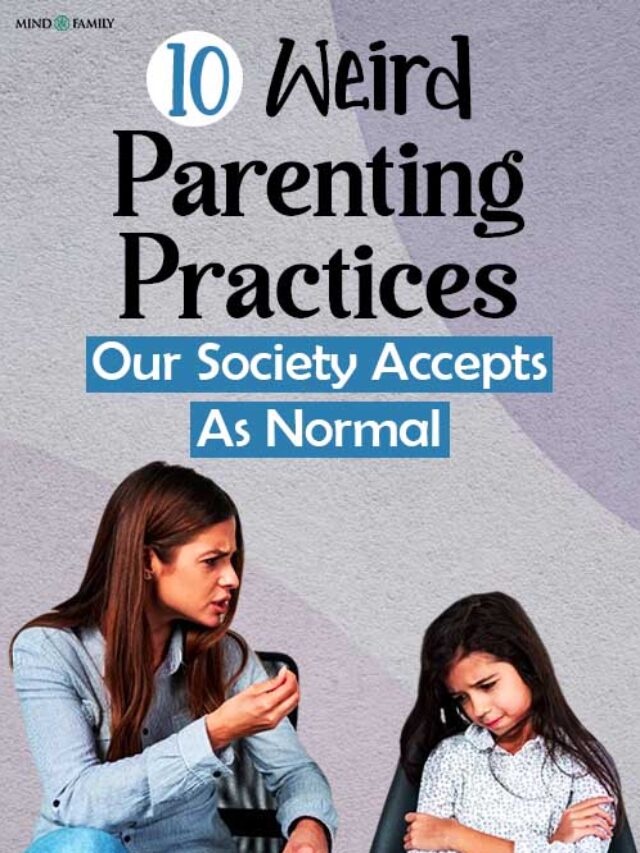Dealing with temper tantrums is no walk in the park. Rather than viewing them as chaotic moments, consider tantrums as windows of opportunity for valuable lessons to teach your kids!
According to psychologists, meltdowns are simply a part and parcel of childhood. However, we get it—keeping your cool when your little one is throwing a tantrum in the supermarket is no easy feat.
While these emotional outbursts may leave you questioning your parenting skills, rest assured—they’re a standard part of growing a toddler. Explore why they happen and master how to deal with toddler tantrums.
Common Triggers of Toddler Tantrums
Tantrums, also referred to as temper tantrums, are like emotional storms that occur when children feel angry or frustrated. These outbursts can be screaming and yelling, kicking, hitting, flailing around, and even biting. Tantrums are quite disruptive whether in toddlers or older children.
Often they come about because a child is still learning how to deal with strong emotions, especially when they cannot say what they need or want. They use tantrums to get those feelings out but the thing is that it can be so wild for both the child and those around them.
Nevertheless, while learning how to deal with toddler tantrums you have to know that the causes of preschool tantrums differ between different ages:
1. Newborn Stage
It is during this stage that tantrums are common as a result of frustration because of the inability to communicate their needs.
When they want more milk, their diapers change or that captivating toy, it is difficult to express themselves because they lack language skills. The psychologists have observed that even when caregivers do not understand what these toddlers mean, their frustration peaks.
Read More: How Do You Bottle Feed a Newborn: 5-Step Comprehensive Guide
2. Toddler Stage
Once children begin to behave on their own, tantrums turn into battles of wills. At the age of three or four, children are highly aware that they have wants and needs that they want to express.
Even though they are now able to talk, kids still have outbursts because they keep grappling with emotions as a process.
Read More: 10 Positive Parenting Tips For Toddlers You Can’t Miss
3. Preschool Stage
Even as they advance to the preschool stage, children can say what they want, but tantrums persist.
They may quickly transform unimportant contentions into major ones when it comes to managing feelings and starting on their own feet. It could be frustrating for them if they face a challenge that is beyond their capabilities like lacing their shoes properly.
Read More: How To Build Resilience In Children
4. Older Children
Tantrums persist into older childhood due to a lack of learned alternatives for expressing and managing emotions safely. Even with improved communication skills, strong emotions, such as worry, fear, shame, or anger, can overwhelm children, leading to outbursts.
Tantrums, whether in toddlers or older children, are a normal part of growing up. Understanding the causes at different stages, from the newborn to older childhood, provides you with insights into how to deal with toddler tantrums.
Read More: Why The Permissive Parenting Approach Is Actually Harmful!
Tackle Toddler Tantrum With These Tips!
When confronted by a tantrum, it is vital to stay calm. Do not add your impatience or rage to it. This is the first step in your path to learn how to deal with toddler tantrums. Just remember, that you need to stay calm as well to help your child learn to calm down.
Different causes of tantrums influence different ways to deal with them. Here are some toddler tantrum tips:
Step 1. Offer Comfort
If the tantrum was triggered by tiredness or hunger, then provide comfort through a nap or snack. Addressing an underlying need often stops a meltdown before it starts.
Step 2. Ignore or Distract
Sometimes, ignoring the tantrum may be the best response instead you can divert his / her attention somewhere else. Think about what caused the outburst and select the most appropriate reaction.
Identifying the triggers of toddler tantrums in such a manner will allow you to effectively understand how to deal with toddler tantrums.
Read More: Emotional Regulation In Children: 7 Tips To Help Kids
Step 4. Attention-Seeking Tantrums
In case of a behavior that seeks attention; ignoring this behavior might be the most effective solution. Don’t give too many explanations if he/she has a fit after being denied something. Move on without much fuss.
Step 5. Refusal Tantrums
Keep calm and don’t over-explain when refusing causes the blow-up. In such instances, move on without dwelling on what was denied. Keeping your stand is an important part of learning how to deal with toddler tantrums.
Remember once your child calms down you must follow through with what you originally said.
If there is any safety concern, calmly take him/her into another room where he/she can calm down quietly and safely which is mostly applicable in public places.
Read More: How To Raise A Child? 5 Step Guide For Raising Happy Kids
Step 6. Time-Out for Safety Issues
Whenever safety is at risk, enforce a short time-out in which the child sits in a certain area. Ensure constant supervision while ignoring until such time that your child becomes composed again. While dealing with security issues, consistency becomes significant.
Once you have calmed down yourself, praise your child for calming down as well. Show some appreciation toward their composure by using positive reinforcement.
Step 7. Hug and Reassure
Empathy and love when you are learning how to deal with toddler tantrums. Children after tantrums feel very vulnerable.
At the end, give them a hug letting them know that despite everything you love them to bits.
Read More: Mental Health Tips for Kids: 5 Powerful Parenting Strategies To Support Your Child’s Mental Health
Step 8. Discussion and Problem-Solving
Discuss this issue with your child if he or she can understand. This will help them better deal with their frustrations in the future both in terms of expressing it and getting help from others.
Step 9. Ensure Adequate Sleep
Be aware of the importance of adequate sleep for minimizing tantrums. Making sure that your child gets enough sleep for his or her age will prevent hyperactivity and extremes in behavior.
To control a tantrum one needs to have an understanding as well as consistency and reinforcement. With these practical strategies, you are ready to face these troubling moments most compassionately and efficiently as possible.
Effective Calming Techniques For Tantrums
Helping your child manage his or her emotions is possible through learning calming techniques which also foster a peaceful environment.
Different toddler tantrum tips will help us to deal with tantrums, and enable children to be calm when they are out of control.
1. Embrace the Bubble Breath
Teach what “bubble breaths” mean in a single breath. As you slowly breathe in, imagine that you are blowing a bubble, and then gently breathe out as you watch that bubble float away. This encourages imaginative thinking while promoting the idea of peaceful breathing.
2. Journey to the Calm Jar
Make a jar filled with glitter called a “Calm Jar”. When you shake it, it looks like a storm. After all the glitter settles down, explain how this represents calming down feelings. Let your kid keep looking at it until all the glitter finally stops moving before discussing things about them. It’s part of distracting calming techniques for tantrums for kids.
3. Nature Exploration
Take a short walk outside. Nature is very soothing; taking a quick stroll or gazing up at the sky or tree can allow us to see something fresh during stressful moments.
Read More: The Mental Health Magic Of Adventurous Play
4. Magic Breaths
Deep breathing becomes magical for kids who want fun in everything. Tell your kids to take in gentle and slow breaths while imagining you were smelling a rose, then breathe out forcefully as though blowing off a candlestick without any real candle on it. Such interactive ways are interesting for children.
5. Rainbow of Emotions
Make an emotion rainbow chart where your child can name colors such as red to represent anger among others. Emotional color-coding tool helps kids understand their mood changes better.
Read More: What Is Sleep Training: 5 Expert Tips To Help Regulate Your Child’s Sleep Pattern
A Word From Mind Family
When our little ones throw tantrums, staying calm is our superpower as parents. We don’t need to get frustrated; we just need to guide them through the storm.
Mind Family has some simple tricks: give comfort when they’re tired or hungry, ignore or switch their focus for attention-seeking, and calmly stick to your decision for refusals.
Keep things consistent and positive, understanding that each child is different. Parenting is like a journey, and with these simple tools, we sail through the challenges with love and ease.
Frequently Asked Questions (FAQs)
1. How to deal with toddler tantrums?
Tackle tantrums by staying calm, providing comfort, and using strategic techniques such as distraction or time-outs. Consistent responses and addressing underlying needs play key roles in effective resolution.
2. What are some calming techniques for tantrums?
Calming techniques for tantrums include Bubble Breath, Nature Exploration, Magic Breaths, the Calm Jar, and the Rainbow of Emotions chart.
3. What are some toddler tantrum tips?
Tips emphasize parental calmness, consistent responses, and addressing underlying needs like comfort and sleep.
4. What are the triggers of toddler tantrums?
Triggers vary with age, from communication challenges in newborns to battles of wills in toddlers and emotional management in older children. Tantrums are deemed a normal part of growing up.












Leave a Reply